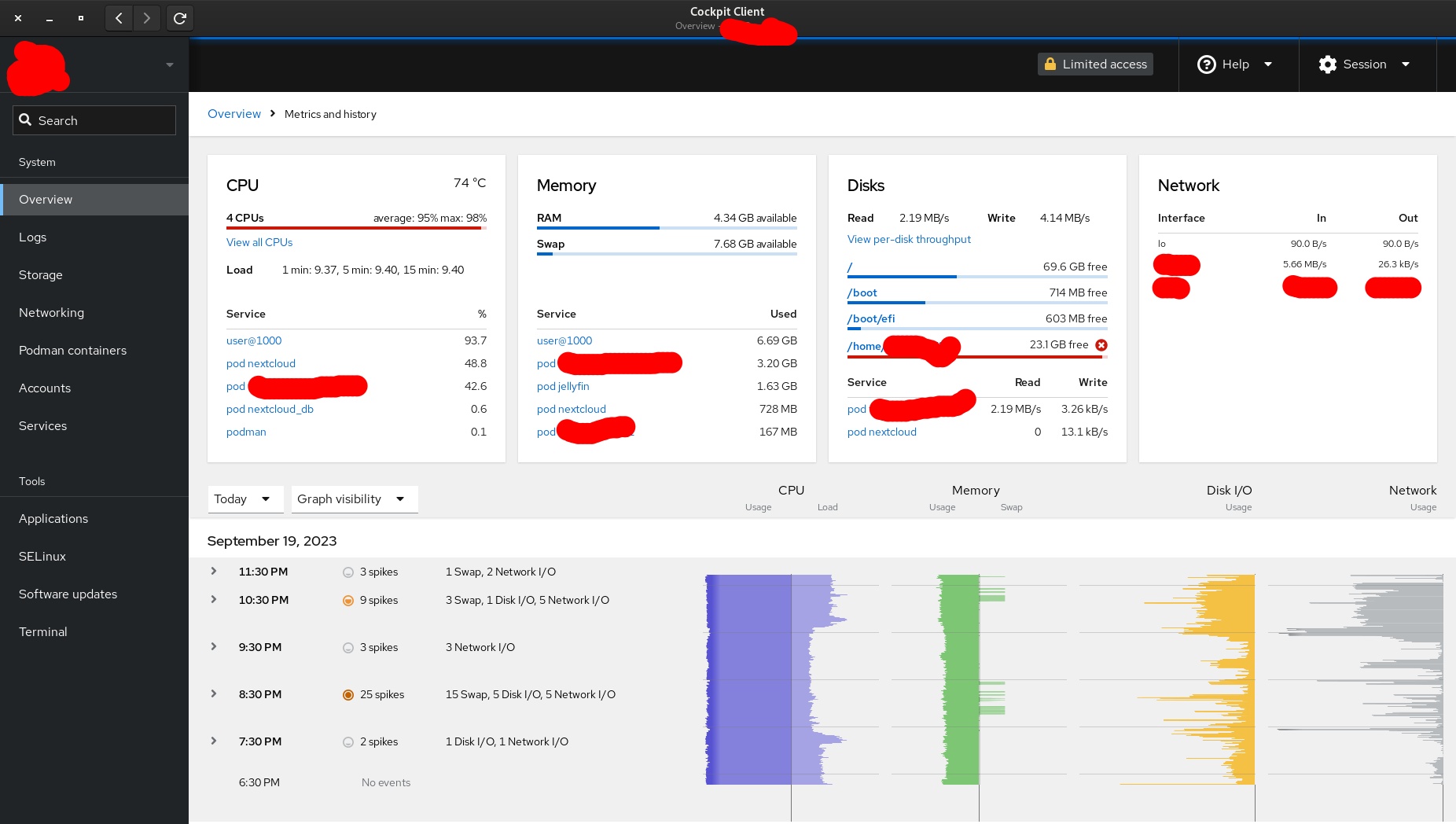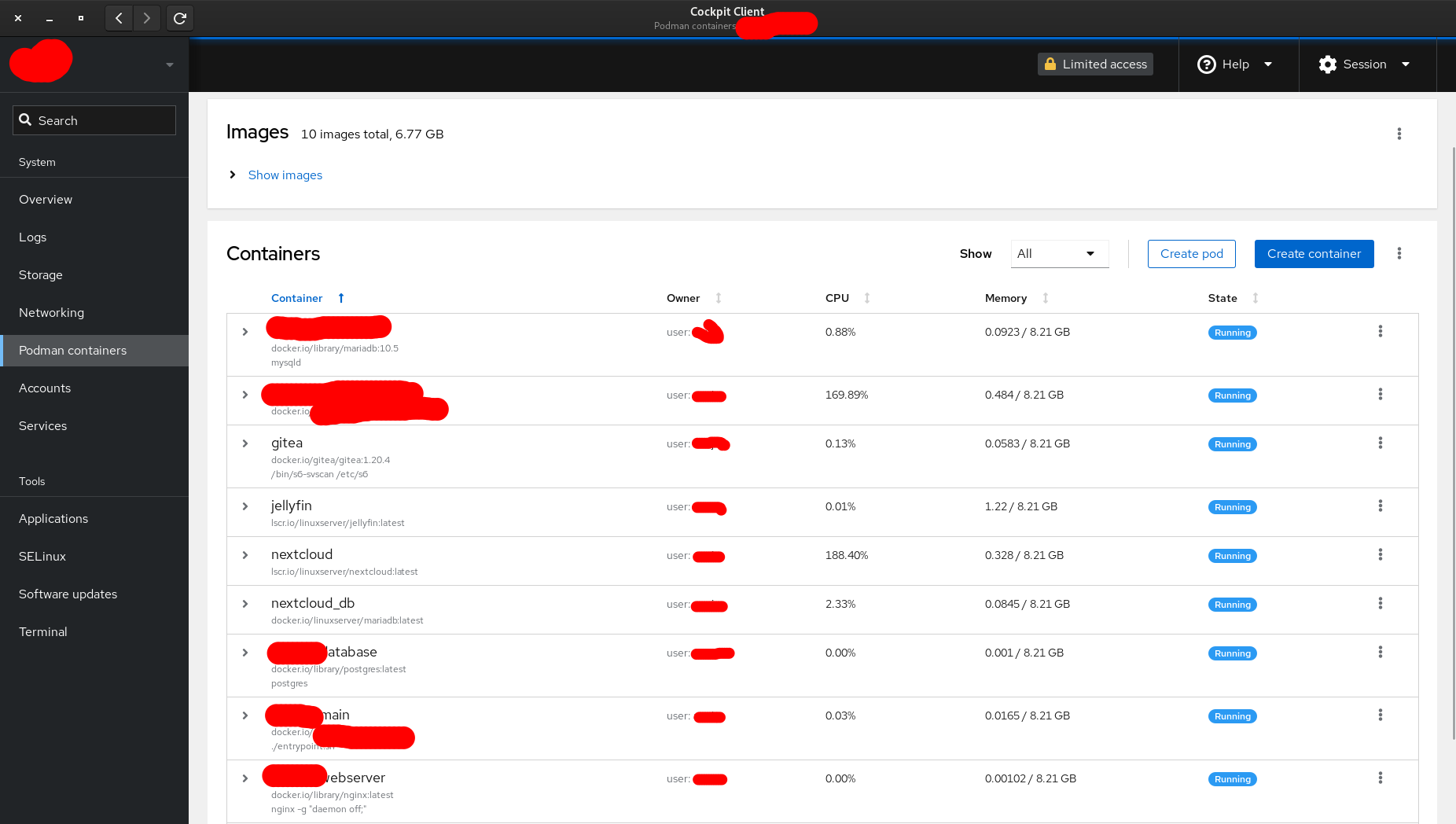I am trying to set up a reverse proxy server, with TLS passthrough.
I am behind CGNAT, so I cannot forward any ports from my home server. So, my current workaround was that I connected my home server to a VPS via WireGuard and used Nginx Proxy Manager (NPM) to proxy services running on different docker containers to the VPS, so that they are accessible publicly. But now I want to use TLS passthrough for better privacy. But I cannot find any guides for my case.
I need help with 2 issues, basically. Let's take a look at my passthrough.conf file, which I have included in nginx.conf file.
stream {
# Listen for incoming TLS connections on service1.domain.me
server {
listen 443;
proxy_pass service1.domain.me;
proxy_ssl on;
proxy_ssl_protocols TLSv1.2 TLSv1.3;
proxy_ssl_name $ssl_preread_server_name;
}
# Listen for incoming TLS connections on service2.domain.me
# server {
# listen 443;
# proxy_pass service2.domain.me;
# proxy_ssl on;
# proxy_ssl_protocols TLSv1.2 TLSv1.3;
# proxy_ssl_name $ssl_preread_server_name;
# }
# Define the backend server for service1.domain.me
upstream service1.domain.me {
server homeserverIP:port;
}
# Define the backend server for service2.domain.me
# upstream service2.domain.me {
# server homeserverIP:port;
# }
}
The services are running in docker containers on different ports. When I used two server blocks and two upstream blocks, I got this error while testing NGINX config: nginx: [emerg] duplicate "0.0.0.0:443" address and port pair in /etc/nginx/passthrough.conf:13. So, I commented out the other server block and tested it again. The test was successful, but NGINX failed to restart. When I checked the systemctl status I saw: nginx[2480644]: nginx: [emerg] bind() to 0.0.0.0:443 failed (98: Address already in use). This is because I am already hosting multiple WordPress sites on this VPS.
Here's my nginx.conf file:
user www-data;
worker_processes auto;
pid /run/nginx.pid;
include /etc/nginx/modules-enabled/*.conf;
events {
worker_connections 768;
}
http {
sendfile on;
tcp_nopush on;
types_hash_max_size 2048;
include /etc/nginx/mime.types;
default_type application/octet-stream;
ssl_protocols TLSv1 TLSv1.1 TLSv1.2 TLSv1.3; # Dropping SSLv3, ref: POODLE
ssl_prefer_server_ciphers on;
access_log /var/log/nginx/access.log;
error_log /var/log/nginx/error.log;
gzip on;
gzip_vary on;
gzip_proxied any;
gzip_types text/plain text/css application/json application/javascript text/xml application/xml application/xml+rss text/javascript;
include /etc/nginx/conf.d/*.conf;
include /etc/nginx/sites-enabled/*;
client_max_body_size 100M;
server_tokens off;
}
#include /etc/nginx/passthrough.conf;
I do not know much about NGINX configuration, any help or article links would help.


this is already happening in India. operators click photos, use biometric to verify government ID, before giving the user a SIM.